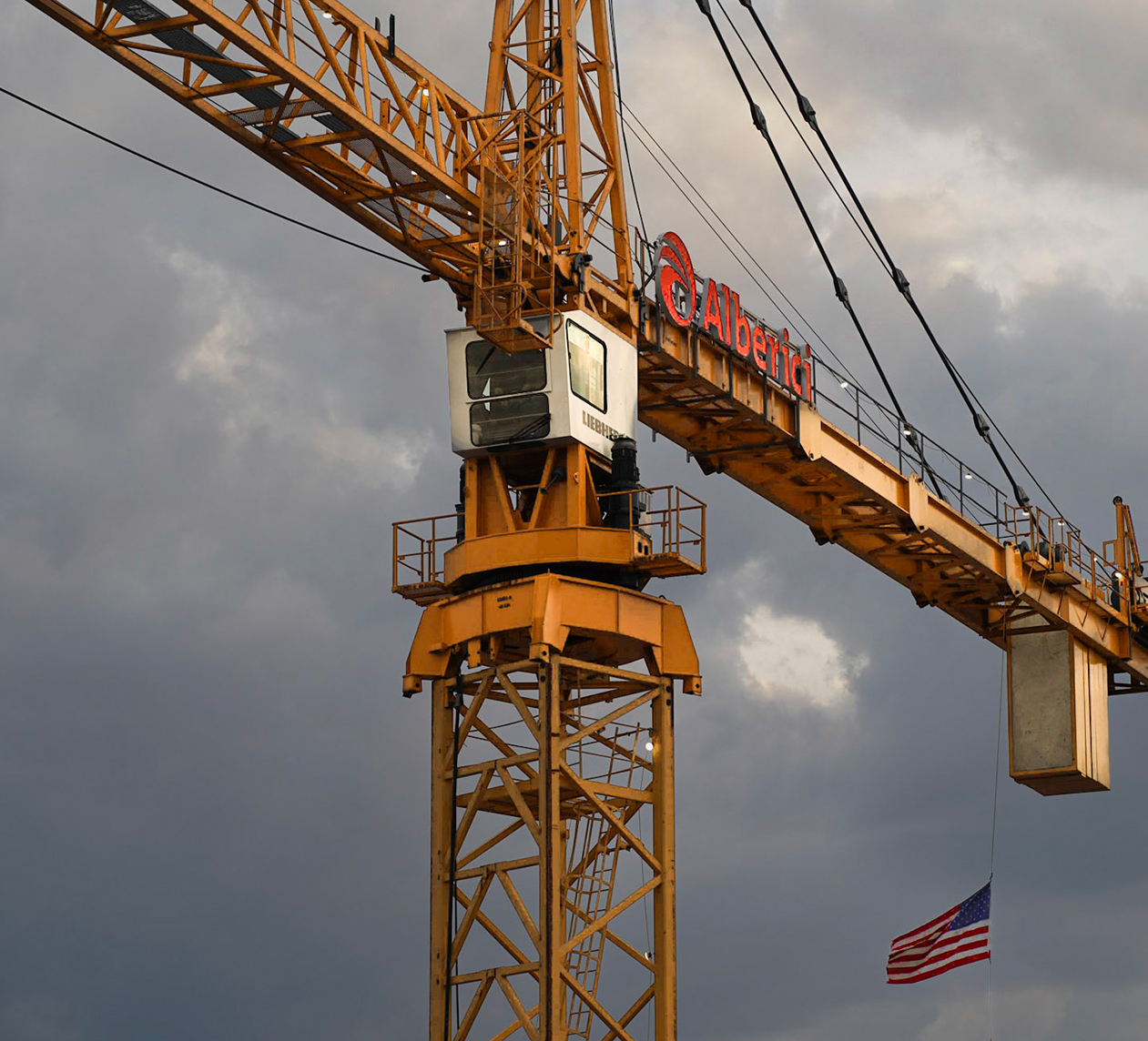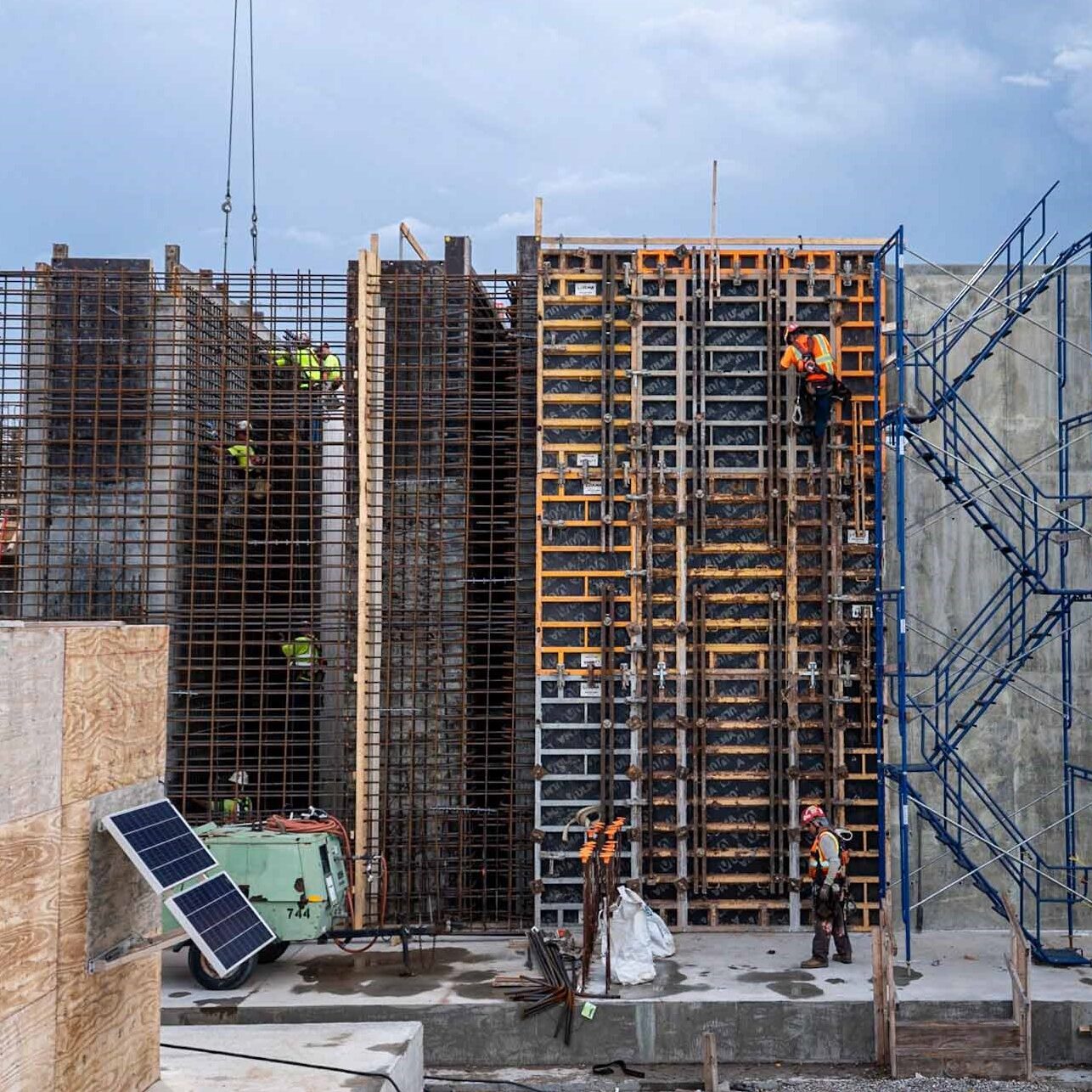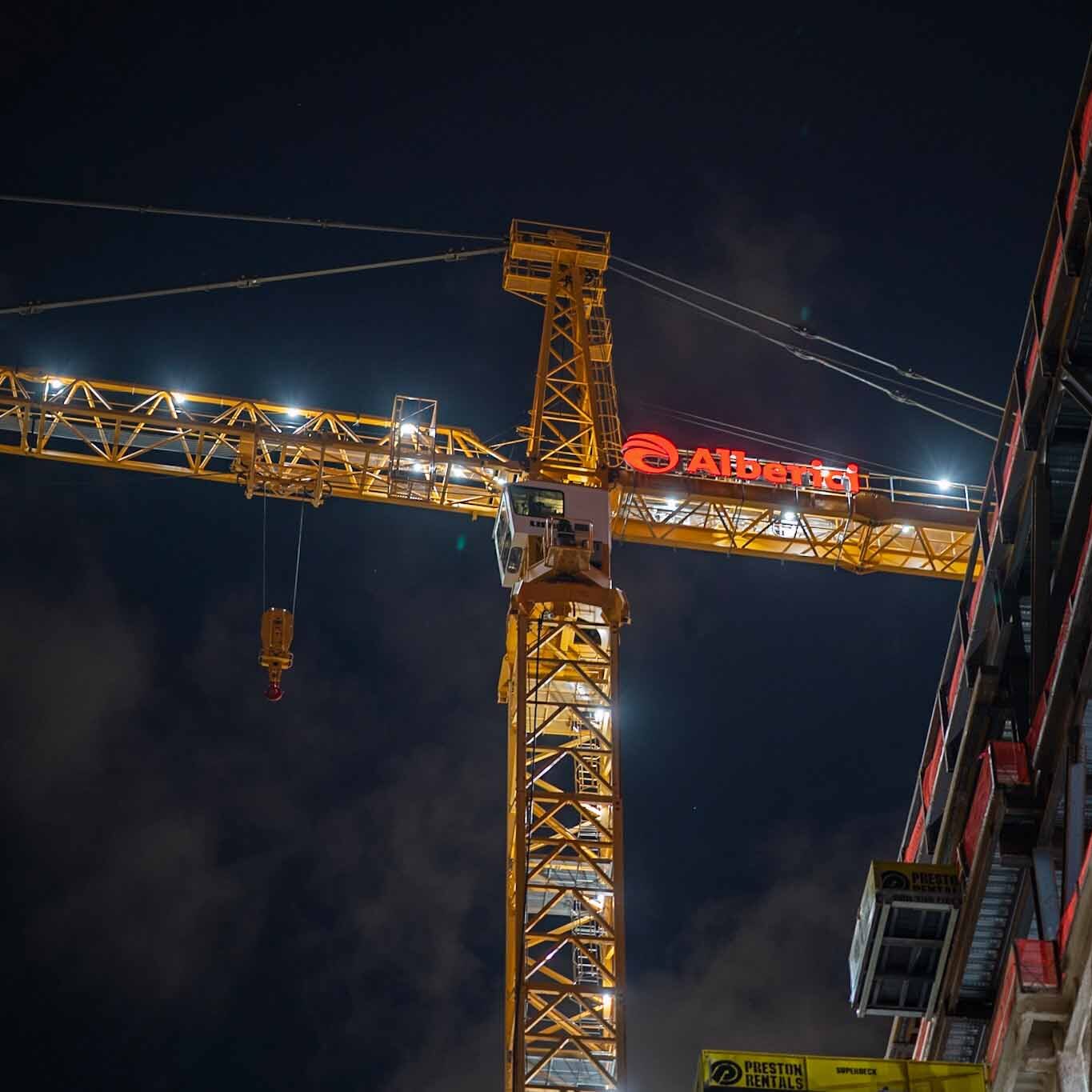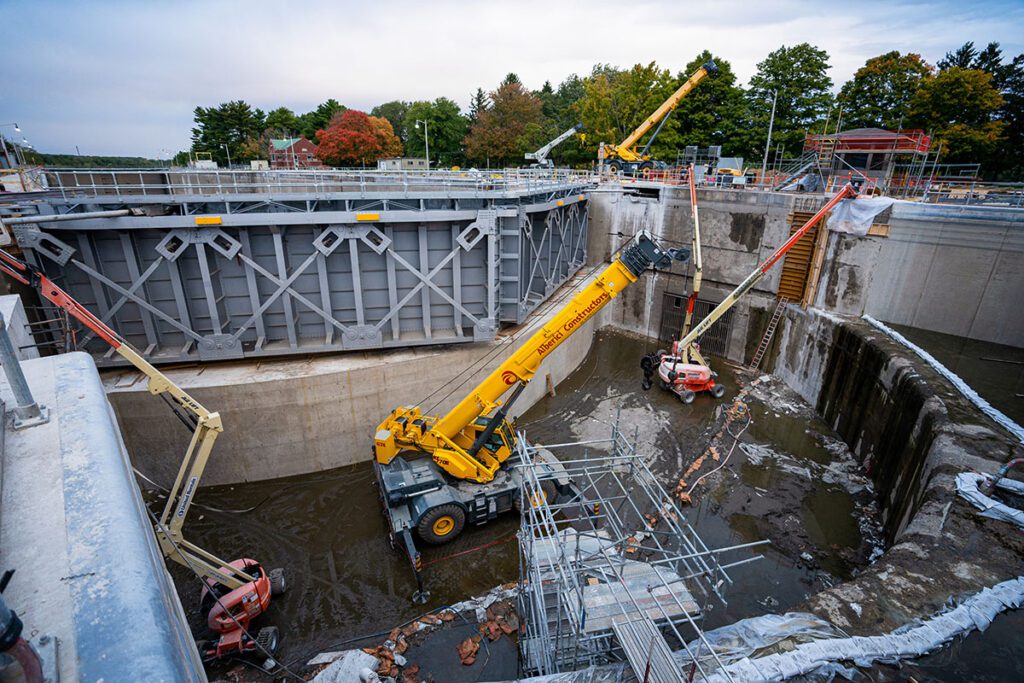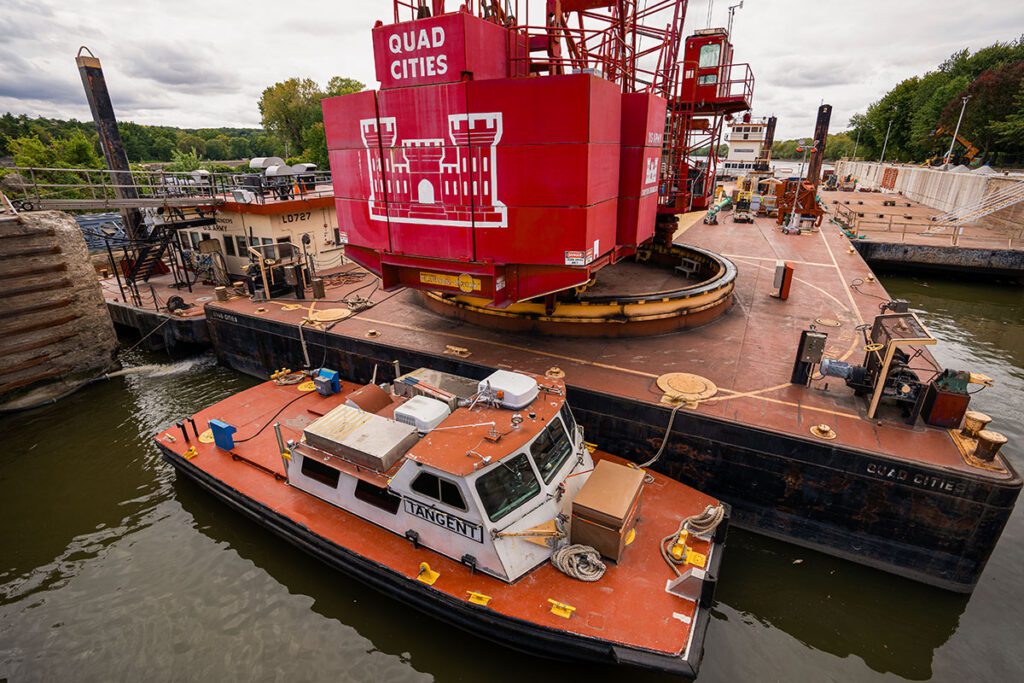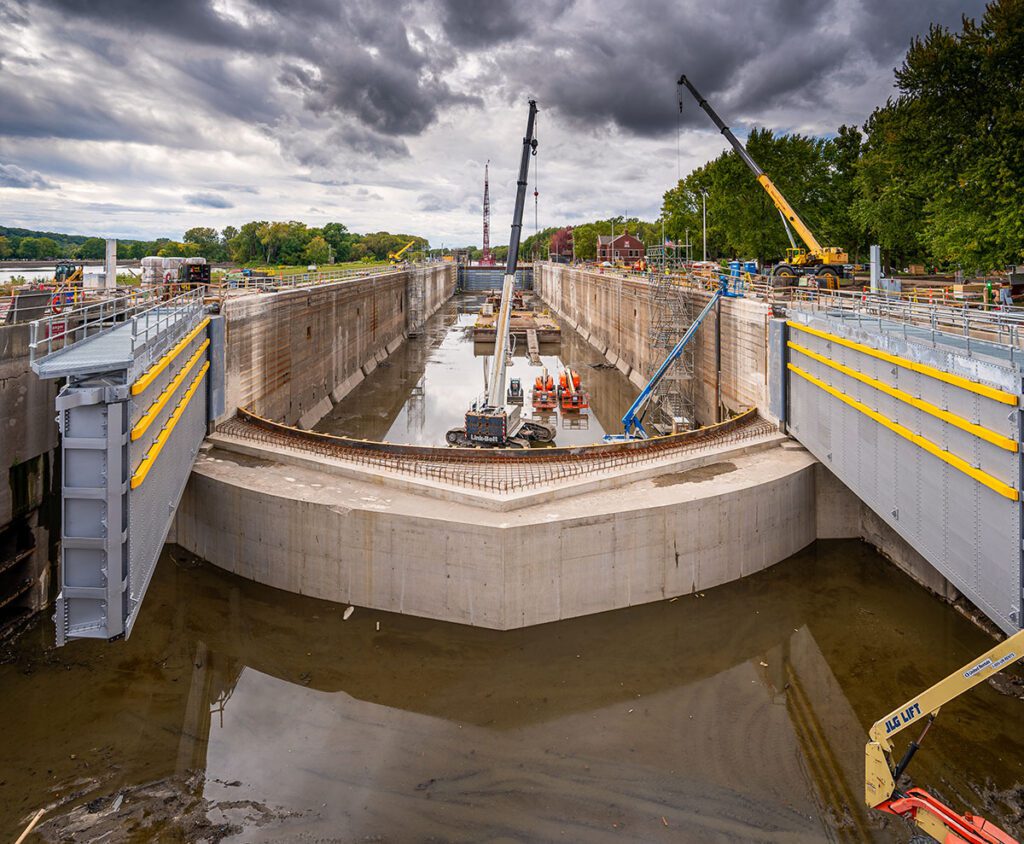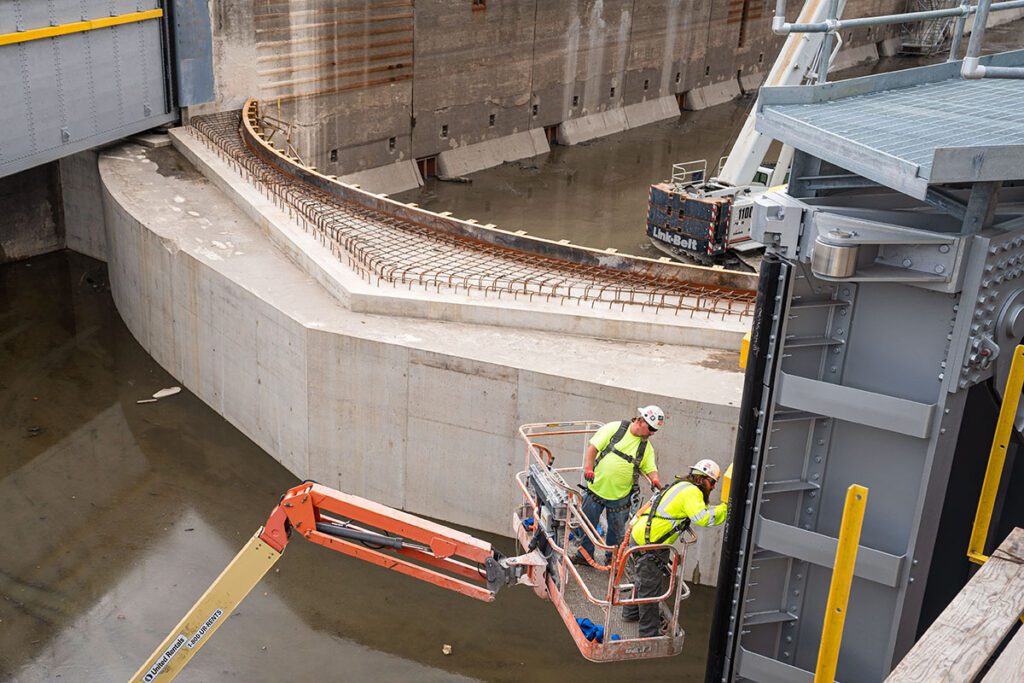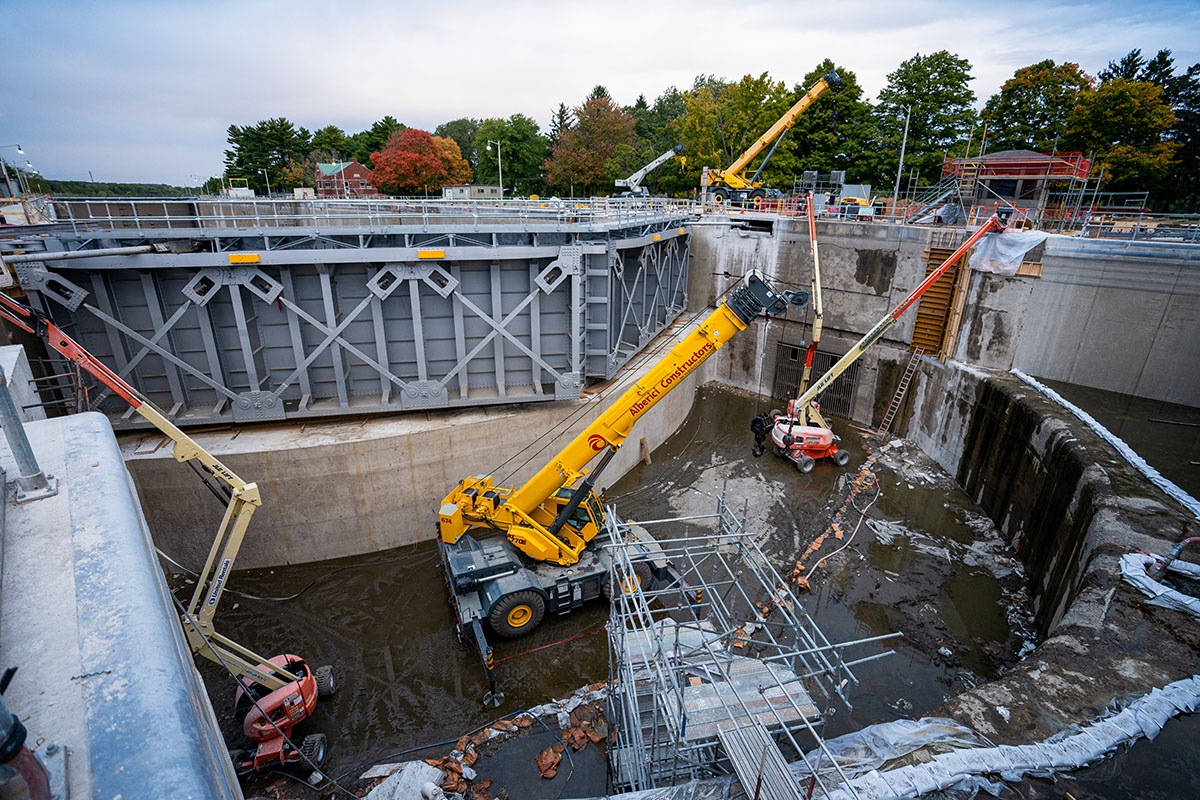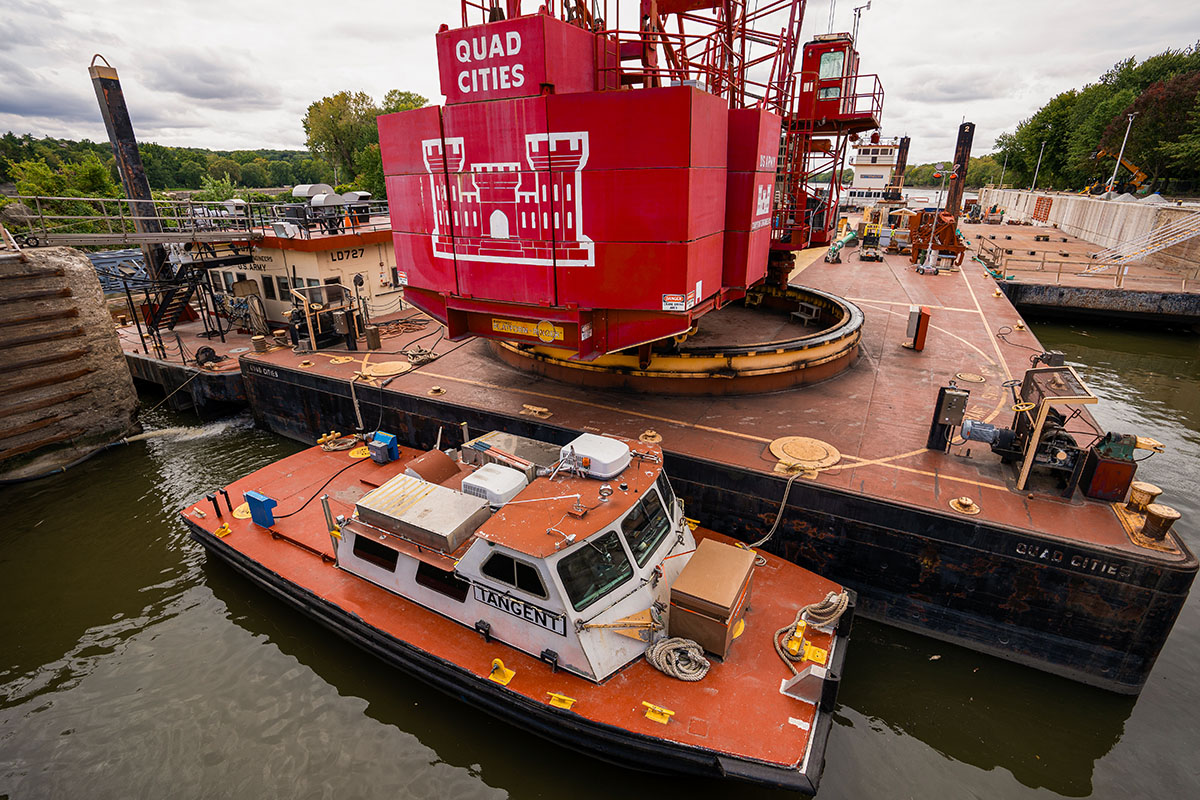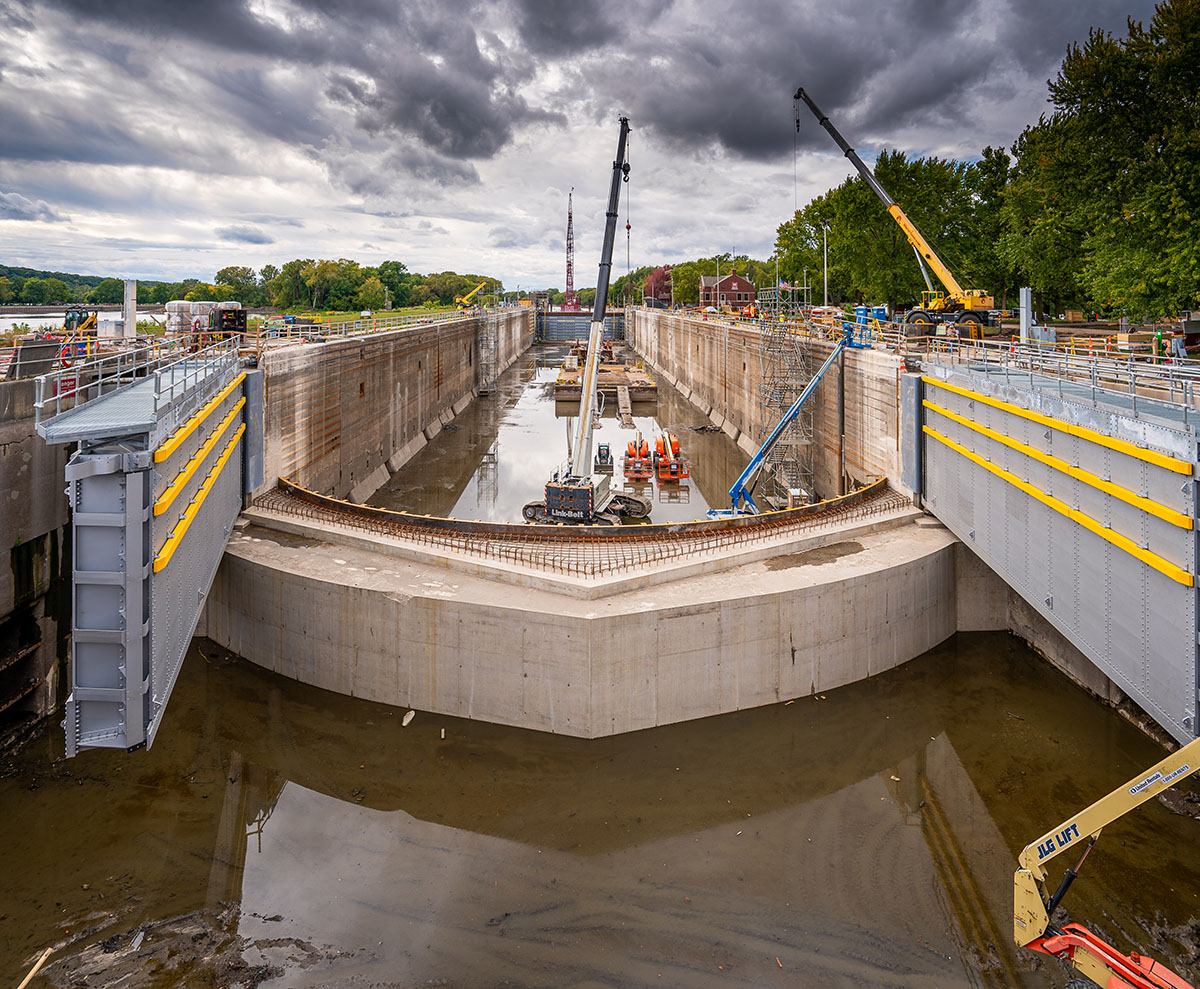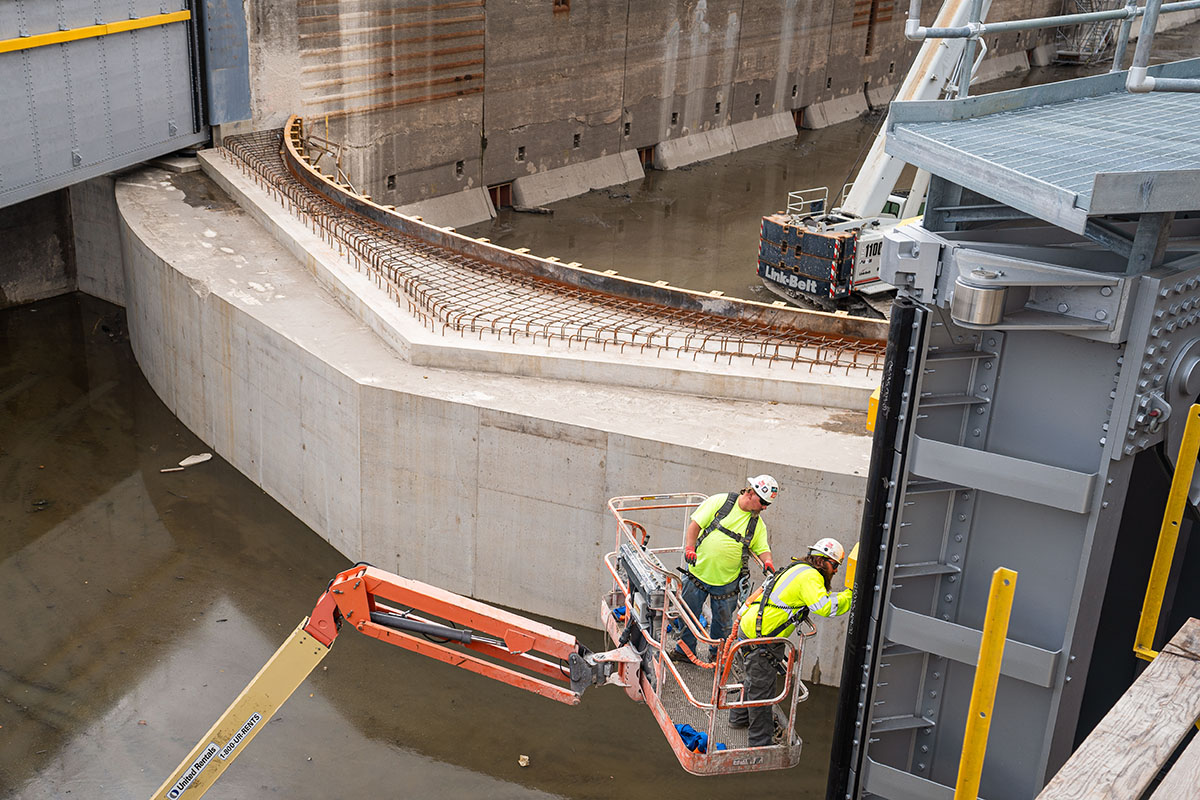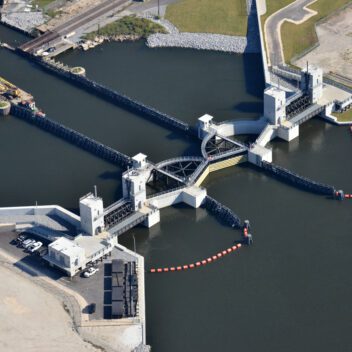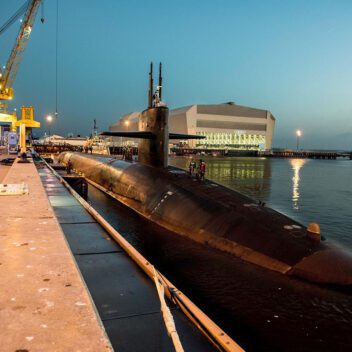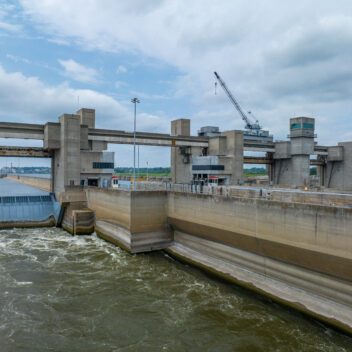Rehabilitating two locks on the Illinois Waterway during a critical closure period
Market
Civil & Marine
Key Services
Construction
Self-Perform
Strategic Partnerships
Virtual Design & Construction
Delivery Method
General Contracting (GC)Self Perform %
70The challenge
The Illinois Waterway is a major shipping artery connecting Lake Michigan and the Mississippi River. The refurbishment of lock chambers at the Marseilles and Starved Rock locks of the Illinois Waterway presented numerous challenges, including the need to complete the critical infrastructure work within a tight four-month schedule to minimize disruptions to commercial navigation and the industries they serve. Additionally, working in isolated areas with limited workspace and the complexities of managing the project amid the COVID-19 pandemic and a high-water event that made the site inaccessible for two weeks posed significant obstacles.
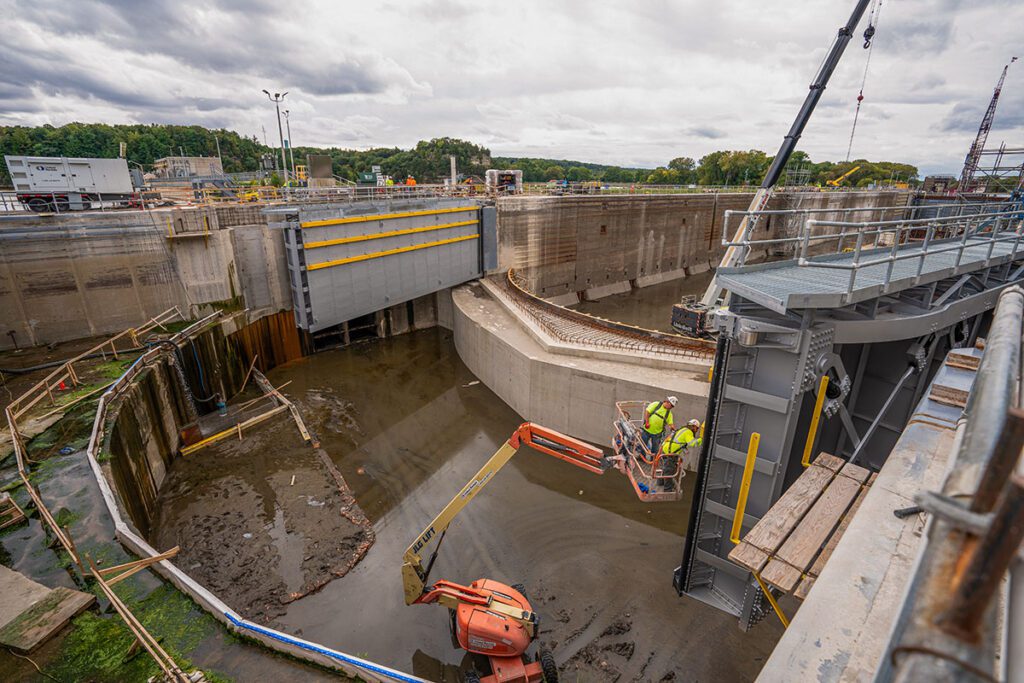
Key Facts
Associated General Contractors (AGC) of Missouri Keystone Award for Project of the Year
Two locks rehabilitated
Four-month closure period
240-ton miter gates
Challenge met
Alberici tackled the project with meticulous planning and a dedicated multidiscipline craft workforce. More than 70 percent of the work was self-performed by Alberici, including concrete removal and replacement, steel installation, and construction of new control buildings. The team adopted an accelerated schedule, working around the clock, seven days a week, to meet the U.S. Army Corps of Engineers’ critical completion milestone and avoid financial losses for commercial users of the waterway. Alberici’s commitment to collaboration, demonstrated through formal partnering sessions with USACE, ensured alignment of priorities, minimized conflicts, and significantly improved the project’s quality, safety, timeliness, and cost-effectiveness. The successful completion of the project despite numerous challenges showcased Alberici’s ability to deliver complex infrastructure projects on time and within budget.
